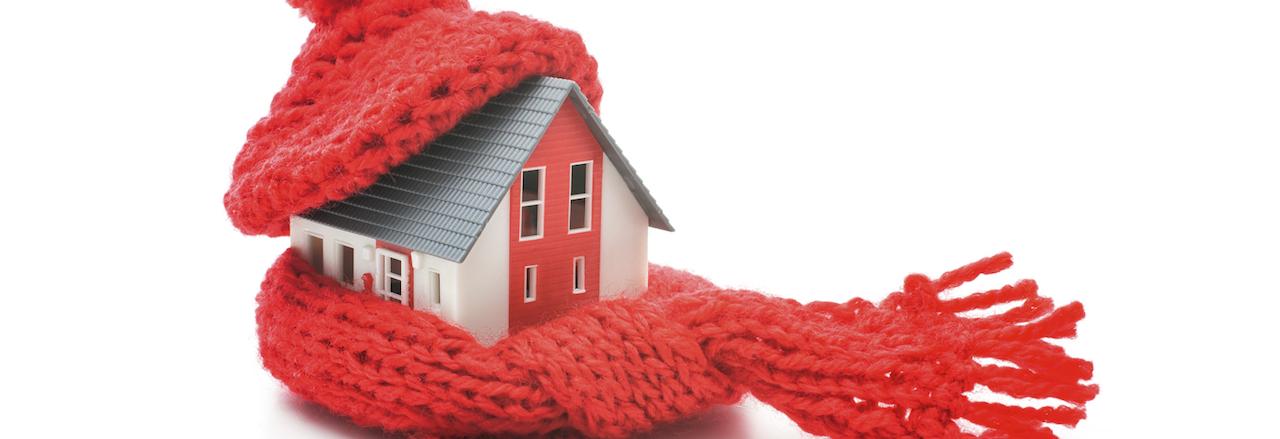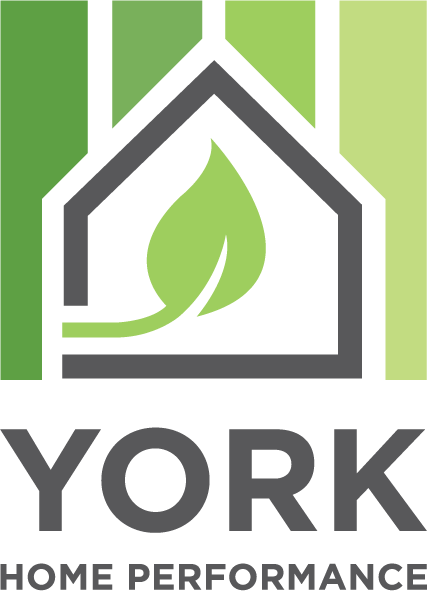
Spring is on its way and you may be thinking the same thing you were thinking last year at this time—thank goodness, you finally made it through another winter in your drafty house. And like last year, you’re likely to forget how uncomfortable you were once warm weather arrives.
But here’s the thing: if you don’t fix the problem now, you’ll be dodging those same drafts all over again next winter. And though you might not feel them, they’ll waste your energy dollars all summer long, too.
Where Are Those Drafts Coming From?
Before you consider the expense of swapping out your windows and doors for new ones, consider this: according to ENERGY STAR, most air leaks are located in the attic and basement of your home.
Air Leakage in the Attic
Common sources of leaks in attics are gaps and cracks in the sidewalls that support your rafters, attic hatches, wiring holes for electrical outlets or phone lines and plumbing vents, and spaces around recessed light fixtures.
Air Leakage in the Basement or Crawl Space
Air leaks in basements and crawl spaces are often located around furnace flues or ducts and around rim joists, where your foundation meets the framing of your house.
Make Your Drafty House a Comfy Home
If your Gettysburg, Lancaster or Harrisburg home is plagued by drafts, an energy audit from our team will get to the root of your home performance issues. Stopping the drafts and upgrading your home’s energy efficiency will increase your comfort and save you money not only in winter, but during the summer, too by holding your cool, conditioned air in your living area where it belongs.
The most effective solution to energy inefficiency is often found to be air sealing and insulation, but since every home is unique, an energy audit provides the information you need to put your energy dollars where they’ll do the most good in your home.
Our energy audits are performed by our Building Performance Institute (BPI)-certified professionals and include:
By placing a large fan in an exterior doorway or your home and closing all other airways, we can lower the air pressure in your home, allowing us to use thermal imaging to uncover the need for air sealing and/or insulation.
Once the blower door lowers the air pressure in your home, outside air seeps in through uncontrolled gaps and cracks. Specialized infrared cameras detect the differences in temperature to target areas with no or insufficient insulation, as well as the gaps and spaces that let heat out and cold air in, wasting your energy dollars.
Carbon Monoxide and Gas Leak Detection
As part of the energy audit, we’ll test to be sure there are no unsafe levels of carbon monoxide in your home. We’ll also test for natural gas or propane leaks that are too small to be detected by smell.
